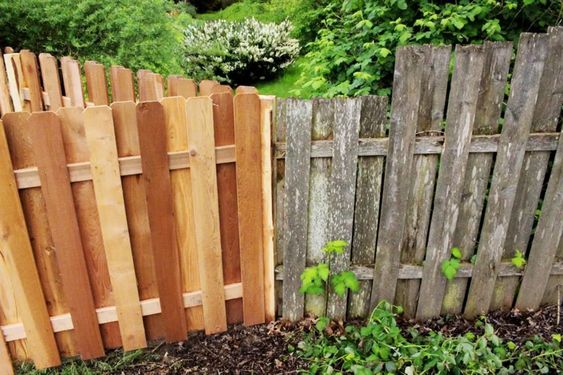4 Ways to Diagnose and Remove Any Swimming Pool Stain

A sparkling clear pool is every pool owner’s dream, but unfortunately, that is not always the reality. Over time, various types of stains can appear on pool surfaces, causing an unsightly appearance and potentially even damaging the pool. In this article, we will explore four ways to diagnose and remove common swimming pool stains.
1. Identify the Stain Type
The first step in addressing swimming pool stains is to determine the cause. You can identify the type of stain by observing its color and location:
a. Green/Brown Stains: Often indicate algae growth or organic materials such as leaves.
b. Reddish-Brown Stains: Typically caused by iron or other metals in the water.
c. Blue/Green Stains: Usually a sign of copper or minerals in the water.
d. Black Stains: These can be caused by black algae or manganese.
2. Balance Your Pool Water
Maintaining balanced water chemistry is essential for preventing stains and ensuring your cleaning efforts are effective. Regularly test your water for pH, alkalinity, calcium hardness, and chlorine levels, adjusting these if necessary.
3. Try Simple Cleaning Methods First
Depending on the type of stain you’ve identified, there are several simple treatments you can try:
a. Algae and Organic Stains: Scrubbing with a stiff brush and adjusting chlorine levels should help loosen and remove these stains.
b. Metal Stains (Iron/Copper): You can try using a metal sequestrants, which bind to metals in the water, preventing them from causing stains.
c. Mineral-based Stains: Gently scrubbing with white vinegar can often remove these stubborn deposits.
Always keep in mind that some chemical treatments might bleach or damage your pool surface if the concentration is too high or used improperly.
4. Advanced Removal Techniques
If a stain proves more stubborn, it may be necessary to resort to advanced stain removal techniques:
a. Stain Lifting Products: There are commercial products available designed specifically for lifting pool stains. They can be helpful for removing metal and mineral-based stains when applied following manufacturer’s instructions.
b. Superchlorination or “shock treatment”: Raising the chlorine level significantly can help break down organic-based stains.
c. Pumice Stone: A pumice stone can be an effective tool for scrubbing away certain types of pool stains, but be cautious as it can also scratch delicate surfaces.
d. Acid Washing: This method involves draining the pool and using a diluted acid solution to remove stains, but should only be performed by professionals due to its potential hazards.
In conclusion, diagnosing and removing swimming pool stains can be a frustrating but necessary part of pool maintenance. By identifying the type of stain and using appropriate cleaning methods, you’ll have your pool looking immaculate in no time! Remember that regular water testing and balancing, as well as routine cleanings, will help prevent future stains and keep your pool in tip-top shape.






